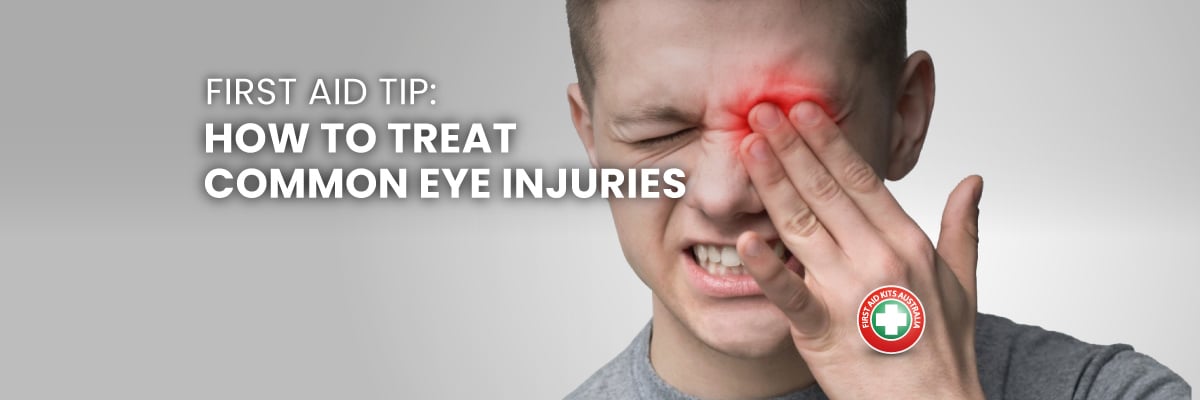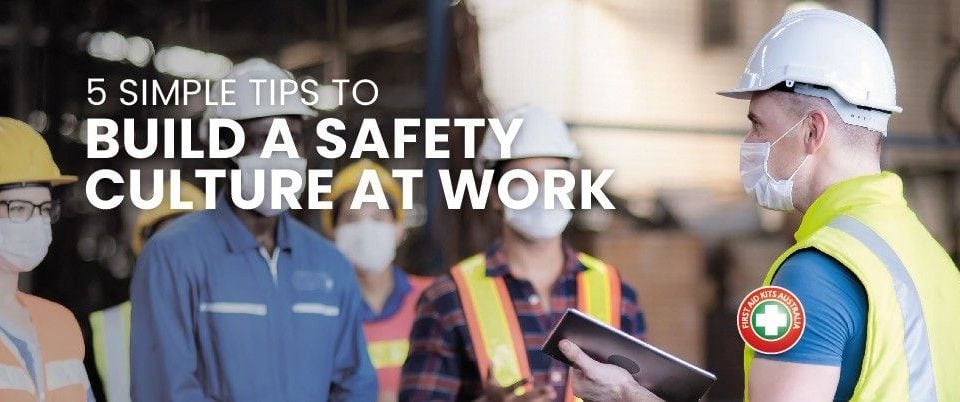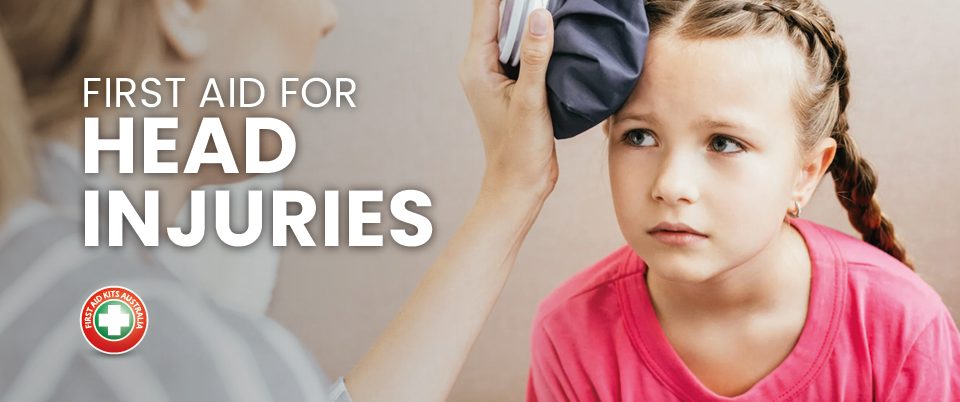
Hypothermia: Detection and Treatment
11 July 2021
Spring Safety Sale
1 September 2021Our eyes are one of our most valuable sense organs, giving us the amazing gift of sight. However, they are delicate and if injured, it can lead to permanent ocular impairment or loss of vision if not treated correctly and with caution.
More than 50,000 Australians sought eye injury medical care and treatment over the past few years, with 35% of injuries being from a fall, and 23% assault-related. Open eye wounds made up 27% of hospitalisations in Australia over the same time period.
Being prepared and knowing how to respond with effective First Aid Treatment for eye injuries can help to minimise prolonged or permanent eye injury in yourself or a loved one.
Here are some helpful First Aid Tips on how to approach Common Eye Injuries:
Common Eye Injuries & Treatment Methods
NOTE:
Always rest and reassure the person first
Do not allow them to rub the eye
Do not attempt to remove contact lenses
Foreign Objects causing Corneal Abrasions (scratching the eye surface)
The Most Common Eye Injury results from rubbing one eye after loose dirt or debris, sawdust or shards of metal embedded in the eyes surface, causing irritation, tearing, swelling and redness. Contact lenses can also cause eye injuries or scratch the cornea when they stay in too long or are mishandled.
Treat:
If on the white of the eye only – encourage them to blink to try to flush the eye or wipe gently across the eye with a wet cloth or tissue, swiping from the inside corner closest to the nose to the outer corner.
Flush the eye with saline or clean running water
If unsuccessful, cover with sterile dressing without applying pressure and seek medical help.
If object is embedded:
DO NOT remove the object!
Call an ambulance
If possible, apply padding around the object to secure
Keep the person warm, calm and still
Chemical Burns (Caustic Foreign Substance)
A sudden chemical spray into the eye can be shocking. Some substances can sting, but be harmless, while others can cause severe ocular impairment. Note the different chemical types and their causes:
Acid: causes considerable redness and burning, but can be flushed out easily.
Alkali (basic PH chemicals): More severe damage can occur, though often unrecognised as symptoms are postponed. These chemicals can be found in oven and toilet cleaners and even chalk dust.
Treat:
Flush the eye with running water or eye flush equipment for 15 minutes
Cover with sterile dressing without applying pressure to the eye
Seek medical attention immediately if the eye remains inflamed and vision is blurry
Bruised Eye & Eye Swelling (Traumatic Iritis)
An impact on the eye and its surrounding tissue can cause bruising and swelling of the eye. In this case, there is a chance that the eyelid may also be cut, and the swelling will impair vision.
Treat:
Apply ice for up to 20 mins
Cover with sterile dressing without applying pressure to the eye
Seek medical attention immediately
Subconjunctival Haemorrhage (Eye Bleeding)
Subconjunctival Haemorrhages are quite common and can occur as a result of another minor eye injury. The symptoms can appear as a small redness, or make the white sclera appear inflamed and irritated. This injury is painless and should not impair vision.
No treatment is required, as it should clear over the following weeks.
If your eye appears to be bleeding with symptoms of pain and vision loss, this is not a Subconjunctival Haemorrhage and you should seek medical attention immediately.
When are Eye Injuries Most Likely to Occur, & How Can I be Prepared?
On The Job
Construction workers and other employment involving chemicals, lasers and potential irritants have a higher risk of an eye injury on the job.
If you work in an area the involves potential risk, be prepared with (New First Aid Kit Bundle) and preventive with PPE equipment such as Protective Goggles.
At Home
Eye Injuries can easily occur at home, while gardening, cooking, cleaning, and other recreational activities such as playing sports with the kids.
If you have an active household, be prepared for any corneal abrasions and impairments with a Modular Eye Kit.
What symptoms show that my eye injury is severe?
Deep lacerations or bleeding inside the eye require immediate treatment by a medical professional to prevent eye damage resulting in vision loss. If you have concerns about injuries to your eyes consult your optometrist.
Make sure your you have a first aid kit, and make sure it is stocked with eye pads, saline and adhesive tape. Eye wash stations and eye irrigations are also important to close to locations where eye injuries are a higher risk of occurrence.
Visit First Aid Kits Australia for more information or call 1300 789541.
If you found this tip helpful share it with friends! We can make Australia Safer One First Aid Tip at a Time!





